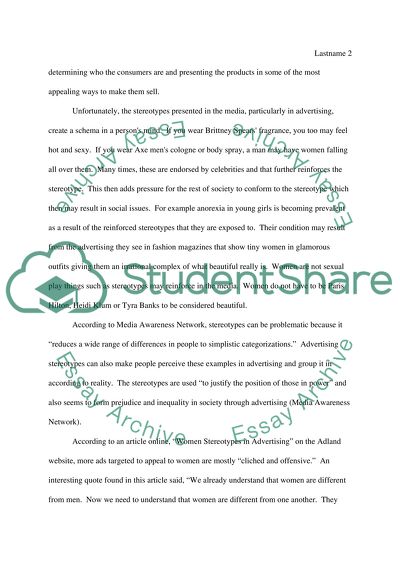Cite this document
(“Marketing project: Reinforcing and breaking of stereotypical image of Research Paper”, n.d.)
Retrieved from https://studentshare.org/journalism-communication/1393519-marketing-project-reinforcing-and-breaking-of
Retrieved from https://studentshare.org/journalism-communication/1393519-marketing-project-reinforcing-and-breaking-of
(Marketing Project: Reinforcing and Breaking of Stereotypical Image of Research Paper)
https://studentshare.org/journalism-communication/1393519-marketing-project-reinforcing-and-breaking-of.
https://studentshare.org/journalism-communication/1393519-marketing-project-reinforcing-and-breaking-of.
“Marketing Project: Reinforcing and Breaking of Stereotypical Image of Research Paper”, n.d. https://studentshare.org/journalism-communication/1393519-marketing-project-reinforcing-and-breaking-of.


